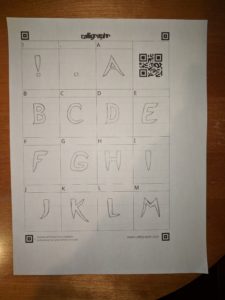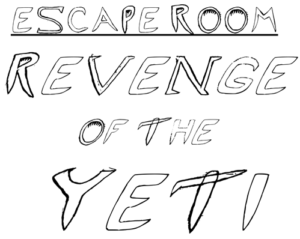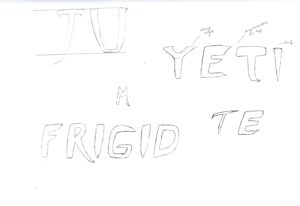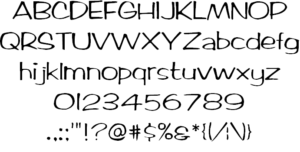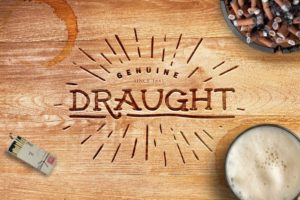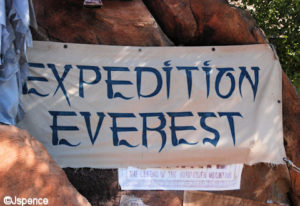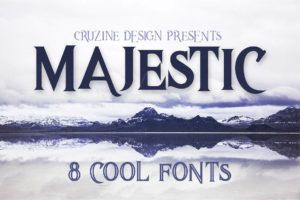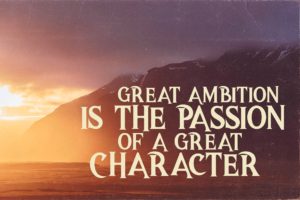In today’s visual world, a lot of information is conveyed through information graphics, such as the technical drawings engineers use to show a product idea to various mathematical graphs helping visualize the complex cryptographic functions used to secure the internet. For this next project, we will be designing our own information graphic
Unlike the previous typeface project, we are working in groups of three from the start. Our group consists of Brandon Sanders, a CS and professional writing major, and Henry Stadolnik, a CS and IMGD major and of course myself. I am excited to get to know them better and begin work on an information graphic!
The assignment appears relatively simple and open-ended. As a class, we voted on various topics, such as “majors and professional development at WPI” and “environmental issues and sustainability.” We decided to go with the topic of “majors and professional development at WPI.” Because we were first asked to brainstorm three ideas for various information graphics. My initial thoughts immediately went to Kurzgesagt, a great YouTube channel dedicated to information graphics, albeit videos whose mission is to “make science look beautiful. Because it is beautiful.”
I love the simplistic visual style of their videos, which contrasts nicely with the complexity of their topics. Their explanations are always clear and easy to understand, yet at the same time entertaining and fun, something critical in the modern world and its online-first philosophy. We strive to do the same with our own information graphic.
Our readings and class discussions made us realize that good information graphics have a central narrative; that is, they tell a story with the information. Good information graphics have a purpose; they don’t just plop information on the page and expect the reader to understand its significance or what to do with the information, but rather carefully design the graphic so that at the end, the reader is persuaded to do something or change their opinion, often in very subtle ways that are not immediately noticeable or obvious. I think Kurzgesagt does a great job in that regard.
The various general topics I thought about are as follows:
reduction of war
genetically modified organisms
automation of jobs, including white collar – professional development at WPI
artificial intelligence
antibiotic resistance
corporate rights
intellectual property
As the class discussed ideas, I realized that automation of jobs fits nicely into the category of professional development, which I could spin specifically for WPI. Hence, I decided to select it as the final topic.


